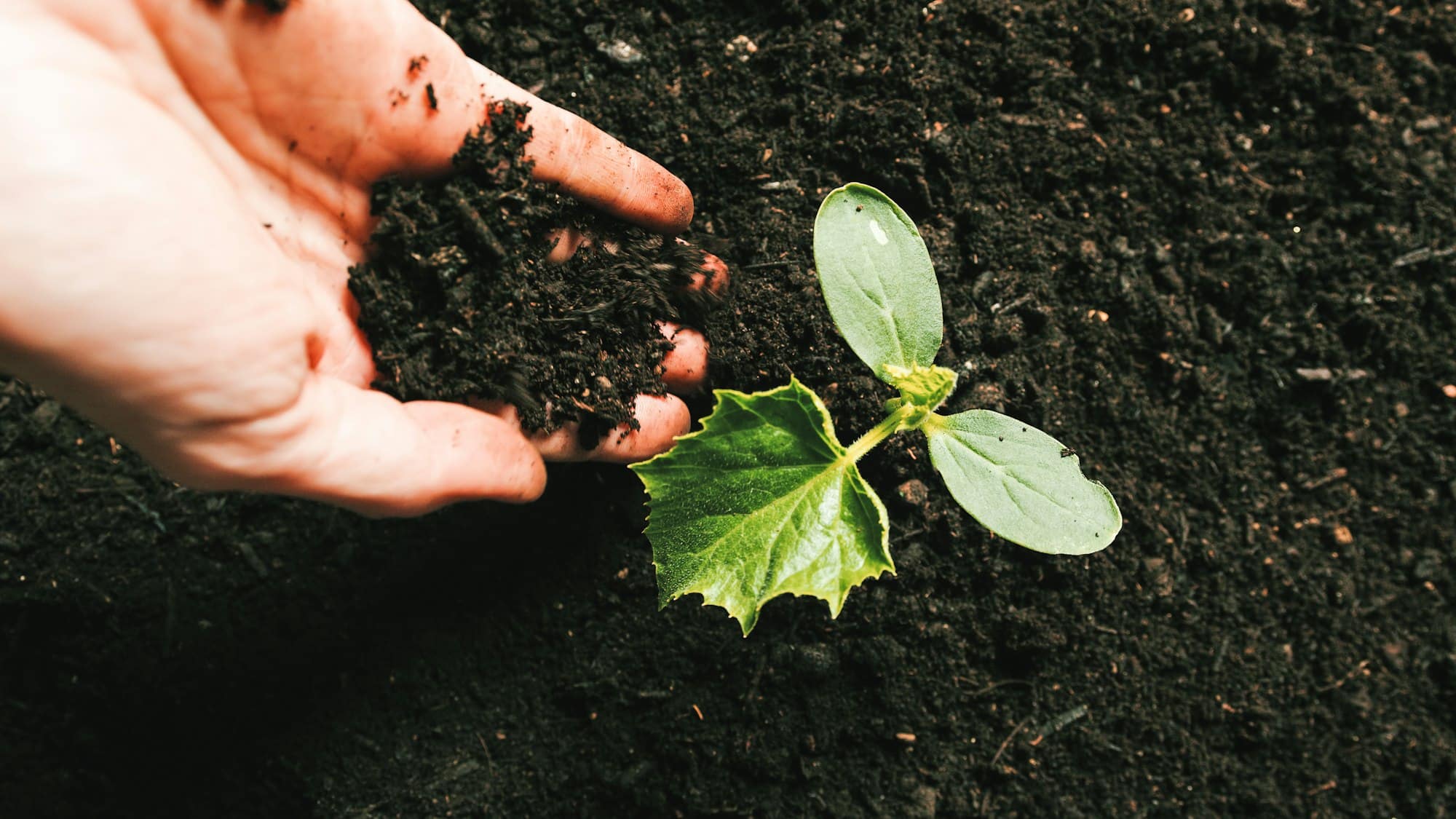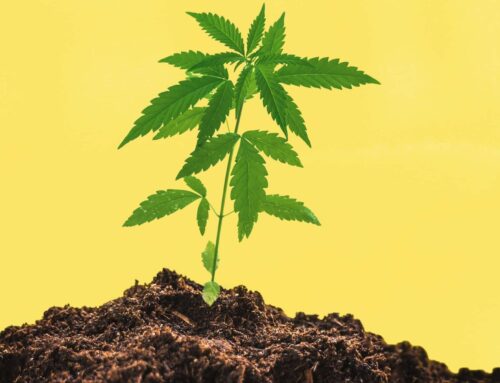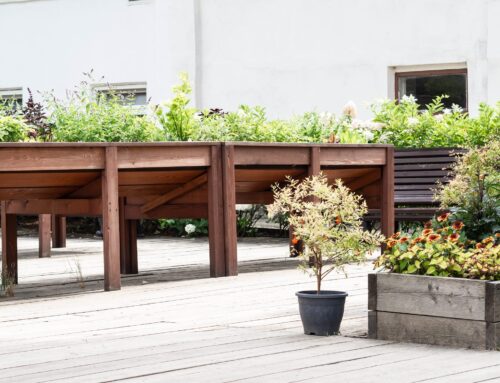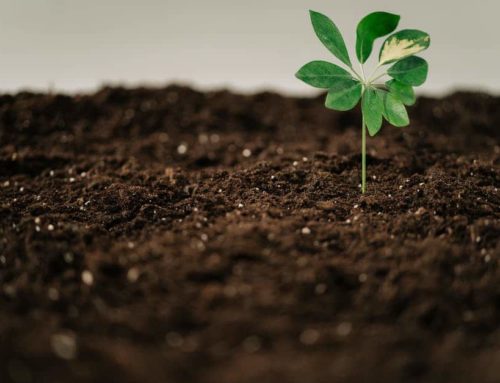
When it comes to gardening, the quality of your soil is crucial. Without the right nutrients and texture, your plants may struggle to grow and thrive. That’s where screened topsoil comes in. This type of soil has been sifted to remove any debris or large particles, leaving behind a fine, nutrient-rich material that is perfect for gardening. In this article, we’ll explore the benefits of using screened topsoil and why it’s a must-have for any garden.
What is Screened Topsoil?
Screened topsoil is a type of soil that has been sifted through a mesh screen to remove any debris or large particles. This process creates a fine, smooth texture that is ideal for gardening. The screening process also helps to remove any rocks, roots, or other materials that could hinder plant growth. This results in a high-quality soil that is perfect for growing healthy plants.
Screened Topsoil vs. Unscreened Topsoil
The main difference between screened and unscreened topsoil is the texture. Unscreened topsoil contains larger particles and debris, making it less suitable for gardening. This type of soil may also contain rocks, roots, and other materials that can make it difficult for plants to grow. On the other hand, screened topsoil has a finer texture and is free of debris, making it easier for plants to take root and grow.
Benefits of Screened Topsoil
There are several benefits to using screened topsoil in your garden. First and foremost, it provides a nutrient-rich base for your plants to grow in. The screening process helps to remove any unwanted materials, leaving behind a soil that is full of essential nutrients for plant growth. Additionally, the fine texture of screened topsoil allows for better drainage and aeration, which is crucial for healthy plant growth.
How Much Screened Topsoil Do You Need?
When purchasing screened topsoil, it’s important to know how much you need for your garden. One yard of screened topsoil is equivalent to 27 cubic feet, which is enough to cover an area of 100 square feet with a depth of 3 inches. This amount may vary depending on the size and depth of your garden, so it’s best to measure your garden space and calculate the amount of topsoil needed accordingly. Make sure to use our online soil calculator to help determine how much you need.
How to Use Screened Topsoil
Screened topsoil can be used in a variety of ways in your garden. It can be used as a top layer for planting, as a base for new lawns, or as a soil amendment for existing gardens. When using it as a top layer, make sure to mix it with the existing soil to ensure proper drainage and aeration. For new lawns, spread a layer of screened topsoil over the area and rake it evenly before laying down sod or grass seed. And for existing gardens, mix the screened topsoil into the existing soil to improve its quality.
By using screened topsoil in your garden, you can enhance the quality of your soil and promote healthy plant growth. Whether you’re starting a new garden or looking to improve your existing one, screened topsoil is a valuable resource that can make all the difference. So next time you’re planning your gardening projects, be sure to consider using screened topsoil for the best results.





